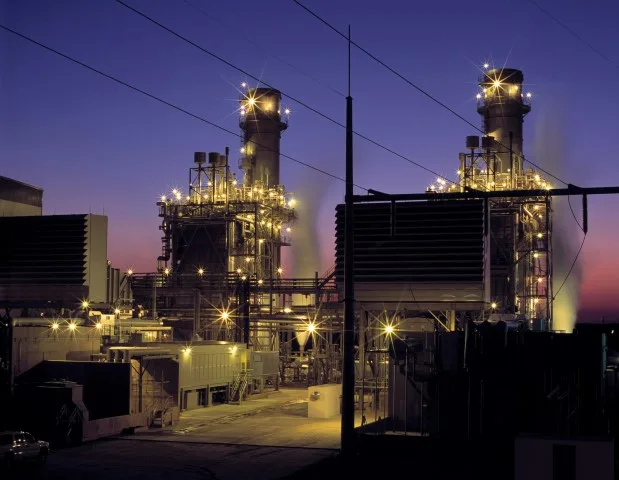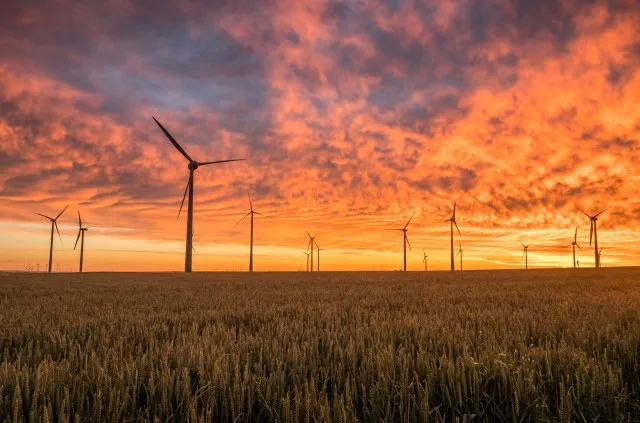A Deeper Dive Into the Multiple Sources of Energy Used Across America
Understanding Energy Production in the United States
For most people, thinking about energy begins and ends with the flick of a light switch. However, there is so much more that goes into the generation of the electricity we use daily.
The United States alone relies on several different methods for generating the energy that some might take for granted. If you’ve ever wondered which are the most common in the United States, check out the top five energy sources listed below.

Natural Gas
In 2015, natural gas accounted for 32 percent of energy production in the United States. Natural gas comes from shale deposits deep within the Earth. Interestingly enough, the United States currently uses almost 99 percent of the natural gas it produces.
Petroleum
Though it’s produced in more than 30 states across the nation, sixty-five percent of US crude oil comes from five different states: Texas (37%), North Dakota (12%), California (6%), Alaska (5%), and Oklahoma (5%).
In terms of international production, the US produces approximately 11 percent of the world’s total crude oil supply.
Coal
Coal still accounts for more than 20 percent of energy production in the United States. In fact, most people are unaware that their household electricity may be partially powered by coal.
Wyoming produces the most coal in the country, at 40 percent of the total volume, followed by West Virginia, Kentucky, Pennsylvania, and Illinois. Globally, coal-fired power plants account for 41 percent of electricity production.
Nuclear Power
Nuclear-powered energy still accounts for about 19.5 percent of the country’s electric energy production. The United States currently has 99 active commercial nuclear reactors in about 30 states from coast to coast, with a handful of new reactors in the building process.
This form of energy production is unique in that it boasts efficient energy production while emitting no carbon dioxide or controlled pollutants.
Renewable Energy
Renewable energy sources account for about 11 percent of the nation’s total energy production.
This category includes a variety of sources:

- Wind and solar power
- Geothermal energy
- Hydropower
- Biofuels like ethanol
Though this number is expected to rise in the coming years, renewable energy is growing rapidly as part of the US energy mix.
Challenges and Future of US Energy
As plentiful and varied as the United States’ energy sources are, the nation still hasn’t come up with an energy source that’s 100% reliable.
If you have more questions about energy sources in the US or would like to learn more on how you can protect yourself from potential power issues, contact Generator Source today.